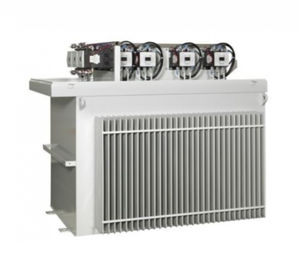

- Products
- Catalogs
- News & Trends
- Exhibitions
Low-voltage resistor medium-voltagefloor-recessedgrounding
Add to favorites
Compare this product
Characteristics
- Electrical characteristics
- low-voltage, medium-voltage
- Mounting
- floor-recessed
- Applications
- grounding
- Other characteristics
- neutral, edgewound
Description
The Neutral Grounding Resistors are generally employed in medium and low voltage (MV and LV) distribution networks to protect power transformers and generators from damaging currents in the event of earth fault.
This protection system represents the best choice in terms of fast response to localize the fault and consequently to reduce and prevent the overheating and mechanical stress on the conductors.
Alternative protection systems like insulated neutral or direct earthing neutral have several and significant disadvantages such as dangerous transient over-voltages and high difficulties to localize the ground fault in the insulated systems or damaging fault currents with possible arc blast in the earthing neutral systems.
By inserting the Neutral Grounding Resistors with appropriate characteristics between the neutral point of the transformer and the ground it is possible to limit the ground fault current for a short time to allow a quick localization of the fault but, at the same time, it does not damage the equipments.
The advantages of this solution are:
to limit the damages to the electrical equipment, such as switchgear, transformers, cable and rotating machine and to prevent the extension of the fault with benefit also for the safety of the personnel
to protect the conductors and the system equipments from overheating and mechanical stresses
In many low and medium voltage systems, the system neutral may not be available. This is specifically true on Delta and ungrounded Wye Connected systems.
*Prices are pre-tax. They exclude delivery charges and customs duties and do not include additional charges for installation or activation options. Prices are indicative only and may vary by country, with changes to the cost of raw materials and exchange rates.






